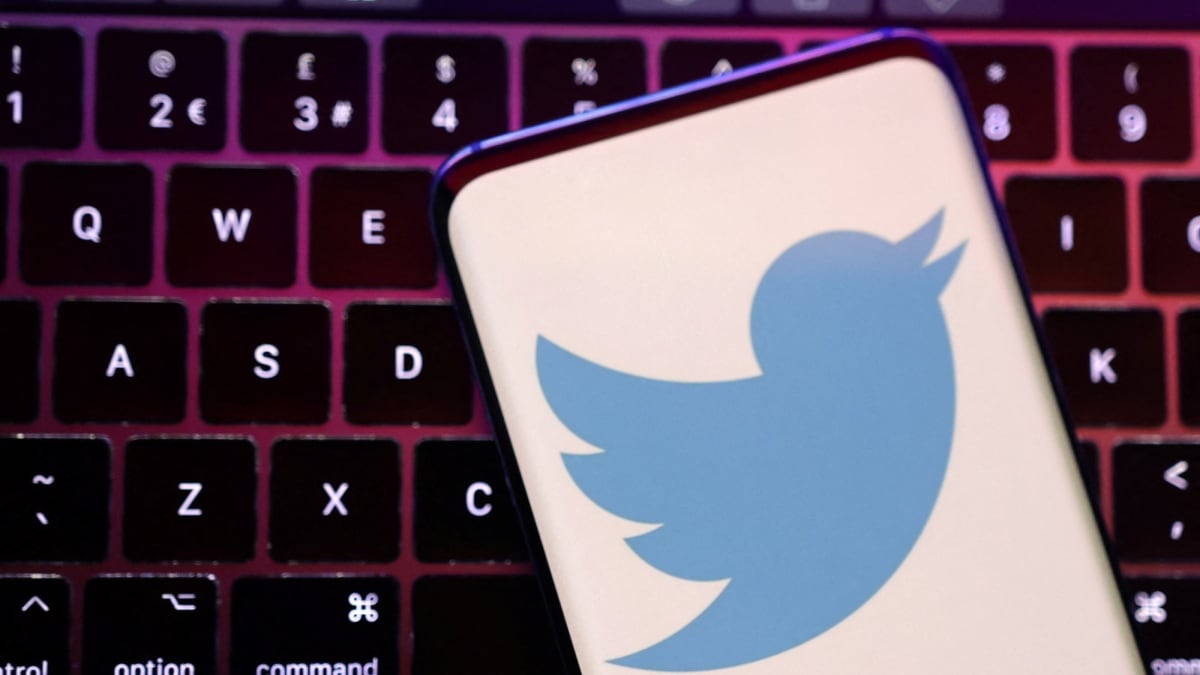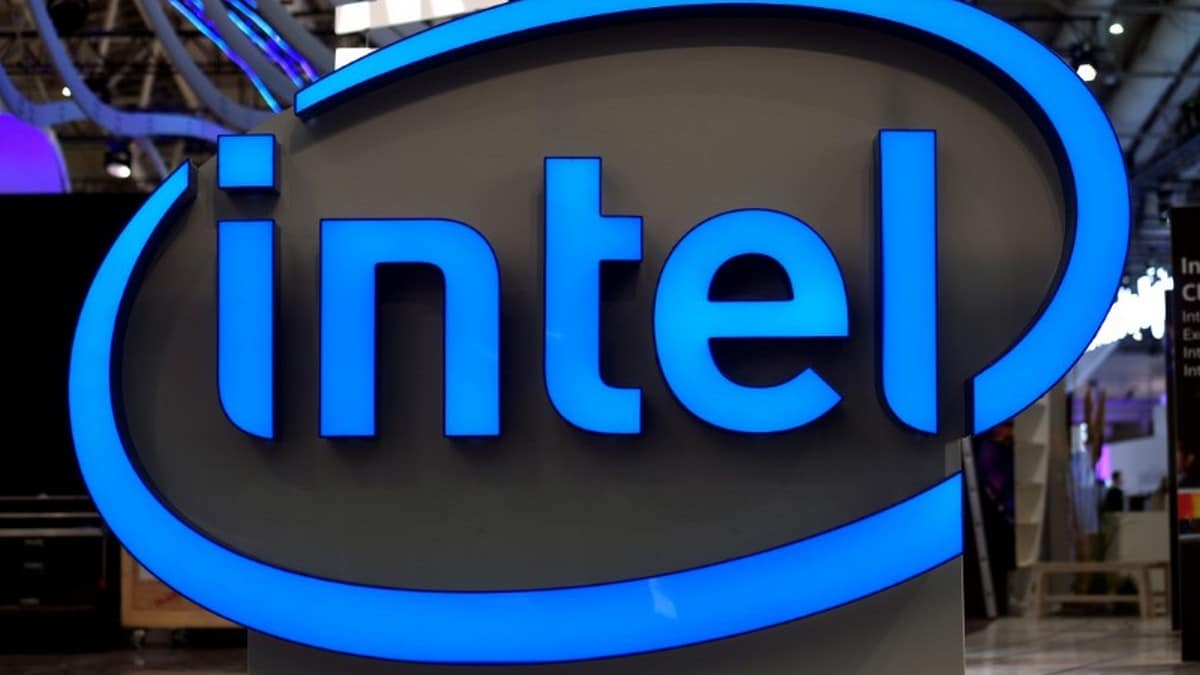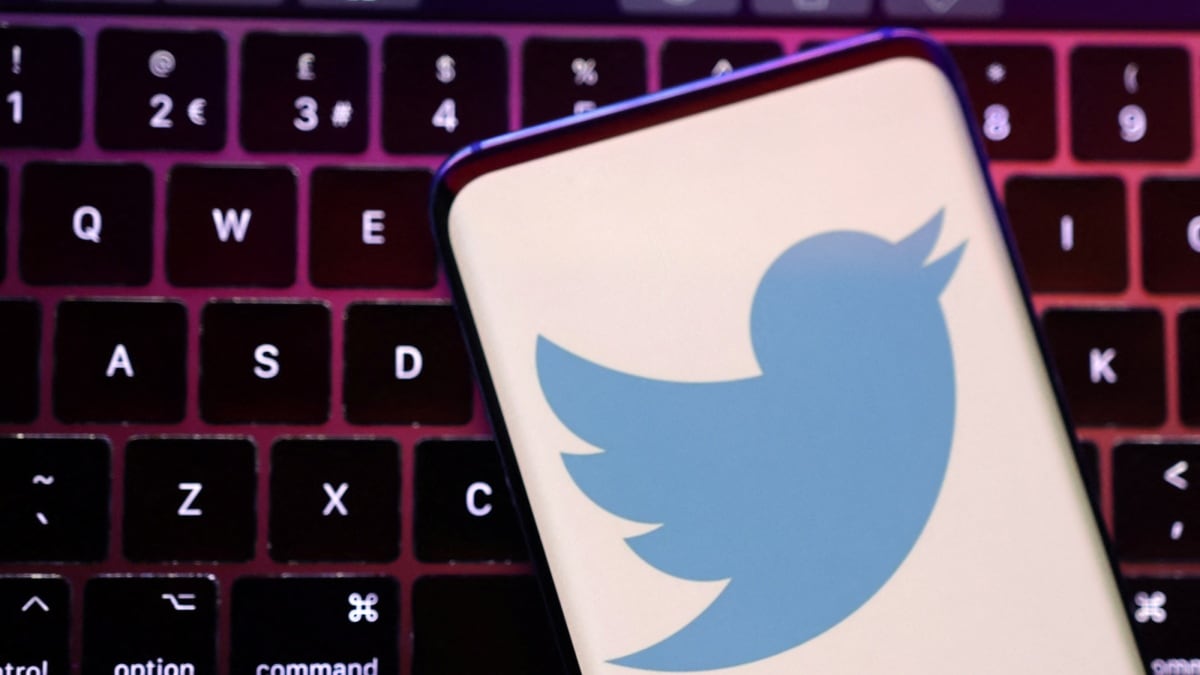Gadgets And Technology Daily News | 23 May 2023

Views (223)

Intel Reveals Details on Its Plans to Make Chip for AI Computing by 2025 Against Rivals Nvidia, AMD

Intel on Monday provided a handful of new details on a chip for artificial intelligence (AI) computing it plans to introduce in 2025 as it shifts strategy to compete against Nvidia and Advanced Micro Devices.
At a supercomputing conference in Germany on Monday, Intel said its forthcoming "Falcon Shores" chip will have 288GB of memory and support 8-bit floating point computation. Those technical specifications are important as artificial intelligence models similar to services like ChatGPT have exploded in size, and businesses are looking for more powerful chips to run them.
The details are also among the first to trickle out as Intel carries out a strategy shift to catch up to Nvidia, which leads the market in chips for AI, and AMD, which is expected to challenge Nvidia's position with a chip called the MI300.
Intel, by contrast, has essentially no market share after its would-be Nvidia competitor, a chip called Ponte Vecchio, suffered years of delays.
Intel on Monday said it has nearly completed shipments for Argonne National Lab's Aurora supercomputer based on Ponte Vecchio, which Intel claims has better performance than Nvidia's latest AI chip, the H100.
But Intel's Falcon Shores follow-on chip won't be to market until 2025, when Nvidia will likely have another chip of its own out.
Jeff McVeigh, interim head of Intel's accelerated computing systems and graphics group, said the company is taking time to rework the chip after giving up its prior strategy of combining graphics processing units (GPUs) with its central processing units (CPUs).
"While we aspire to have the best CPU and the best GPU in the market, it was hard to say that one vendor at one time was going to have the best combination of those," McVeigh told Reuters. "If you have discrete offerings, that allows you at the platform level to choose both between the ratio as well as the vendors."
© Thomson Reuters 2023
Android 14 Tipped to Allow Partial Screen Recording; Will Hide Personal Notifications

Android 14 is expected to launch soon. The user interface update is speculated to arrive with a swatch of major improvements and enhancements over the current Android 13. Earlier this month, the Android 14 Beta 2 version was released with an inbuilt predictive back animation, which allows users to switch between tasks and go to the home screen. The stable version of the update is expected to be released by August this year. Developers are preparing to accommodate the launch. Even though it may not be one without any hiccups at all, the transition is expected to be smooth since the platform of the new update shall remain the same.
According to a series of tweets by Mishaal Rahman, the Android 14 update will introduce a partial screen recording feature, which will allow users to choose to record a single app. During the recording, there are no system notification interruptions and even the status bar is hidden.
However, the option to record the whole screen will still be available and it will continue to function the same way, that is, the recording will include all system notifications and will show the contents of the status bar as it was at the time of the recording.
The partial screen recording option reportedly allows the users to select from the App list, which they can select by swiping up on the app selector dialogue. Users will also be allowed to choose from the last three apps used from the carousel by swiping left and right.
The tipster also noted that unless the screen recording is ended manually, it will continue to record. If the recording is on, and the user leaves the app, the recording will continue but the content recorded will be black. Once the user opens the app again, the content will resume recording within the same file. Users will reportedly be required to swipe down and end the partial screen recording feature for it to stop recording.
US President Joe Biden Calls Proposal to Reduce Crypto Tax ‘Unacceptable’ Amid Debt Pressure: Report

The US is not ready to take any financial risk or lose incoming capital, especially now when its economy has hit an inflation-ridden roadblock. US President Joe Biden, under the circumstances, is not considering any relaxation in taxes levied on crypto holders and investors in the country. Biden's stance on slashing crypto taxes came to light after the Republicans recently floated a proposal to the US government suggesting some concessions on crypto taxes — which failed to come across as an economically viable decision as per the US President.
The US levies 10 percent to 37 percent tax on short-term capital gains and crypto income whereas long term capital gains are taxed between zero percent to 20 percent.
Biden has outrightly denied even mulling over the proposal for the US to reconsider the tax it has levied on crypto activities. The US President was speaking at the ongoing G7 summit in Japan's Hiroshima.
“I'm not going to agree to a deal that protects wealth tax cheats and crypto traders while putting food assistance at risk for nearly 1 million Americans,” the President Biden was quoted as saying in a CryptoSlate report on Monday, May 22.
In the opinion of the US President, the proposal extended by the Republicans is “quite frankly, unacceptable”.
The US is reeling under tremendous debt pressure at present. It is estimated that the US owes a total of $31.5 trillion (roughly Rs. 26,10,46,800 crore) in public as well as intragovernmental debts.
Despite the US having raised the interest rates multiple times these past five months, the US would default on its debt by June 1, if the debt ceiling for the nation is not raised.
Hence, at this time, Biden does not wish to obstruct any inflow of capital to the US treasury by reducing crypto taxes.
Last month, three traditional crypto-friendly banks collapsed in the US within one week, scaring investors and the common public.
The Federal Reserve Bank of Chicago (FRBC) in its recent report blamed the downfall of crypto projects like Terra and FTX last year for the ongoing banking crisis in the US.
iOS 16.5 Update Breaks iPhone and iPad Compatibility With Lightning to USB 3 Camera Adapter, Users Say

iOS 16.5 was rolled out to users last week, weeks before Apple is expected to announce iOS 17, the next version of its smartphone operating system. The new update brought minor changes to the Apple News app and a new Pride celebration wallpaper, as well as miscellaneous bug fixes for Apple's services. Shortly after the update was rolled out, users began complaining that the company's Lightning to USB 3 camera adapter was no longer working after installing the iPhone iOS 16.5 update.
Users recently took to Apple's Community forum, Reddit, and the MacRumors forums to complain that the company's Lightning to USB 3 camera adapter doesn't work (via MacRumors) after the iOS 16.5 update was installed on their iPhone. Apple's Lightning to USB 3 adapter (or dongle) allows users to connect a camera using a USB Type-A port as well as a Lightning charging cable to an iPhone or iPad in order to transfer images.
Reddit user u/FractalVision420 complained that the Lightning to USB 3 adapter, which they used to operate a DJ controller has stopped after the iOS 16.5 update and continues working on their partner's phone, which has not been updated.
Meanwhile, user u/Fifanatic in a comment responded that the Lightning to USB 3 adapter that they used to charge their iPhone 13 Pro Max and listen to lossless audio on Apple Music via a digital-to-analogue converter (DAC), but the device stopped working after the update. This user claims the iPhone shows a "draws too much power" error message, and that both data transfer and basic charging functionality have been dropped.
A submission on Apple's Community forum that appears to be posted by the same user also states that the Lightning to USB 3 adapter works as expected on an iPad running an older version of Apple's operating system. The user states that they have contacted Apple Support and submitted feedback to the company. So far, two users have responded corroborating these claims, while 41 users have selected the Me too button at the end of the post.
Meanwhile, user "devel0per" on the MacRumors forums who updated their iPhone XS to iOS 16.5 claims that they are shown a "cannot use accessory" alert as the device is drawing too much power. Using different accessories, adapters and power bricks or rebooting the handset does not resolve the issue, according to the user, who claims that the adapter works as expected on two other iPhone models that are running on iOS 16.4.1 (a).
While there's no word from Apple on the user's Community post explaining why the update breaks compatibility with the Lightning to USB 3 adapter, the company could release a software update — iOS 16.5.1, for example — to resolve the issue, which could be related to a software bug. The company rolled out iOS 16.5 last week, adding small changes like a new tab for sports in Apple TV+ and a Pride celebration wallpaper. The company is testing iOS 16.6 and is expected to unveil iOS 17 on June 5 at WWDC 2023.
After ChatGPT, Italy's Regulator Plans to Review Other Artificial Intelligence Platforms

Italy's data protection authority Garante plans to review other artificial intelligence platforms and hire AI experts, a top official said, as it ramps up scrutiny of the powerful technology after temporarily banning ChatGPT in March.
Garante is among the most proactive of the 31 national data protection authorities which oversee Europe's data privacy regime known as the General Data Protection Regulation (GDPR).
The agency was the first to ban AI chatbot company Replika, to impose fines on facial recognition software maker Clearview AI, and to restrict TikTok in Europe.
In March, it temporarily banned Microsoft-backed OpenAI's bot ChatGPT and launched a probe over the application's suspected breach of privacy rules.
"We plan to kick off a wide-scope review of generative and machine learning AI applications which are available online because we want to understand if these new tools are addressing issues linked to data protection and privacy laws compliance — and we will start new probes, if needed," said Agostino Ghiglia, a member of Garante's board.
The success of ChatGPT has prompted tech heavyweights from Alphabet to Meta to promote their own versions, and lawmakers and governments around the world are debating new laws that could take years to be enforced.
"We are looking for three AI advisers because we are aware AI tools are evolving very quickly and we need experts with tech background to help us in our data protection activity," Ghiglia said.
The move is the latest example of how some regulators are relying on existing laws to control a technology that could upend the way societies and businesses operate.
The four-member Garante board is made up of law experts. Ghiglia said the authority has 144 staff, well below its European peers in France, Spain and Britain. Most have a background in law, Ghiglia said.
In its crackdown on ChaTGPT, Garante used provisions of GDPR, particularly those that protect underage children and grant individuals the right to request cancellation and object to the use of their personal data.
After Garante took steps, ChatGPT maker OpenAI made changes to its chatbot to regain compliance.
"Members of the Garante board often become aware of potential breaches of privacy laws because we simply explore digital tools and applications once they are available," Ghiglia said.
"We explored ChatGPT and realised it was not compliant with EU data privacy rules."
It will take years for potential new legislation regulating AI to come into force.
"That's why we decided to act swiftly with ChatGPT", Ghiglia said.
© Thomson Reuters 2022
Twitter to Release Video-Centric Picture-in-Picture Mode Feature, Says Elon Musk

Elon Musk made an announcement on Monday regarding upcoming changes and features on Twitter, to be in the coming week. Twitter users will soon be able to get the picture-in-picture mode for videos, making it easy to scroll down the timelines without having to wait for the video to stop playing. Musk recently stepped down as the CEO of Twitter, and decided to take up the role of the Chief Technology Officer (CTO) at the micro-blogging platform.
In addition to the PiP mode, Musk has decided to bring another feature that would allow users to forward and rewind videos up to 15 seconds.
The 51-year-old multi-billionaire confirmed these upcoming features while replying to Jesse Daugherty, a programmer who goes by the username @jtdaugh on Twitter.
Coming next week, along with pic in pic, so you can watch while scrolling
After extending the ability to post tweets with more than 250 characters for Twitter Blue users, Musk has introduced several features and update to the micro-blogging site.
With a paid subscription worth $8 (roughly Rs. 662), the Twitter Blue service brings along the verification badge as well as the feature to edit tweets and write longer posts for the paid subscribers.
As of now, it remains unclear if Twitter's upcoming feature will be available for all users or just Twitter Blue subscribers.
Earlier this month, the social networking platform announced the launch of encrypted DMs feature, which is aimed at securing messages exchanged via Twitter DMs.
In the coming days, Twitter could also get voice and video chat capability.
Given Musk's pro-crypto approach, Twitter recently finalised a partnership with eToro to enable over 450 million of its active users to access crypto trading from within the app.
Meanwhile, after Musk stepped down as the CEO of Twitter, he appointed Linda Yaccarino as Twitter's new CEO.
Yaccarino, who previously worked as advertising chief for Comcast Corp's NBCUniversal. and spent several years modernizing its ad business, said she is committed to Twitter's future.
0 Likes
